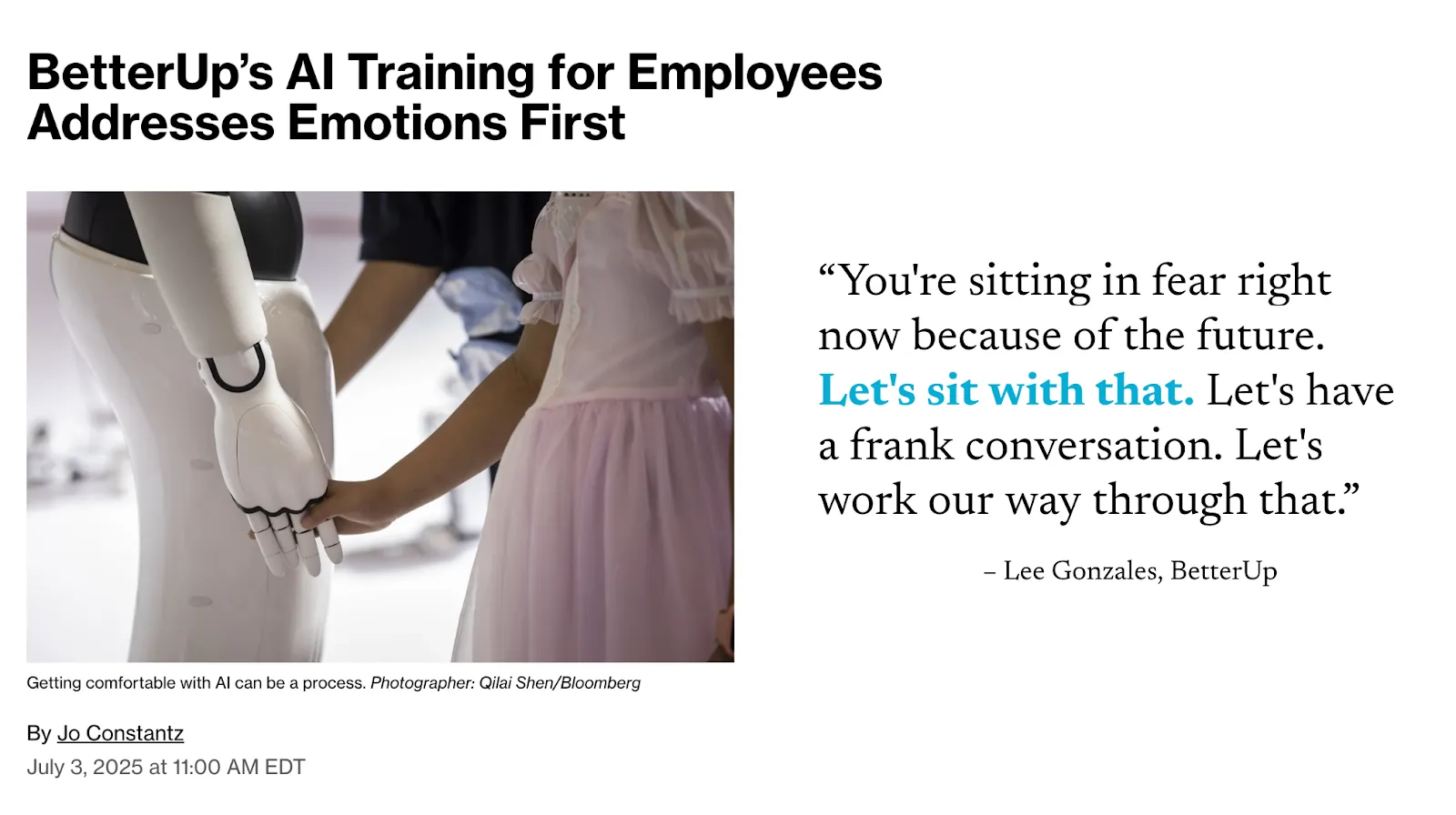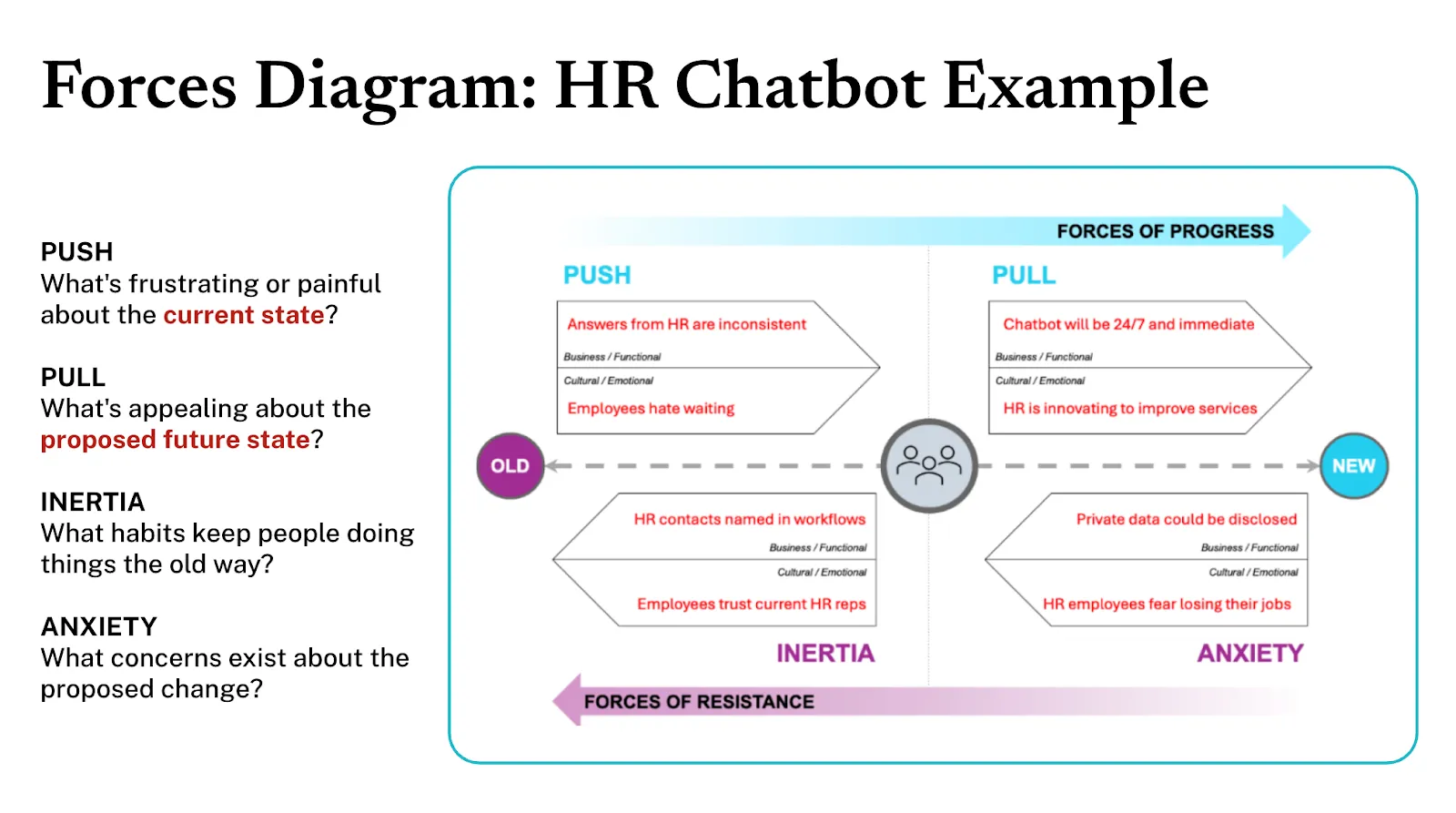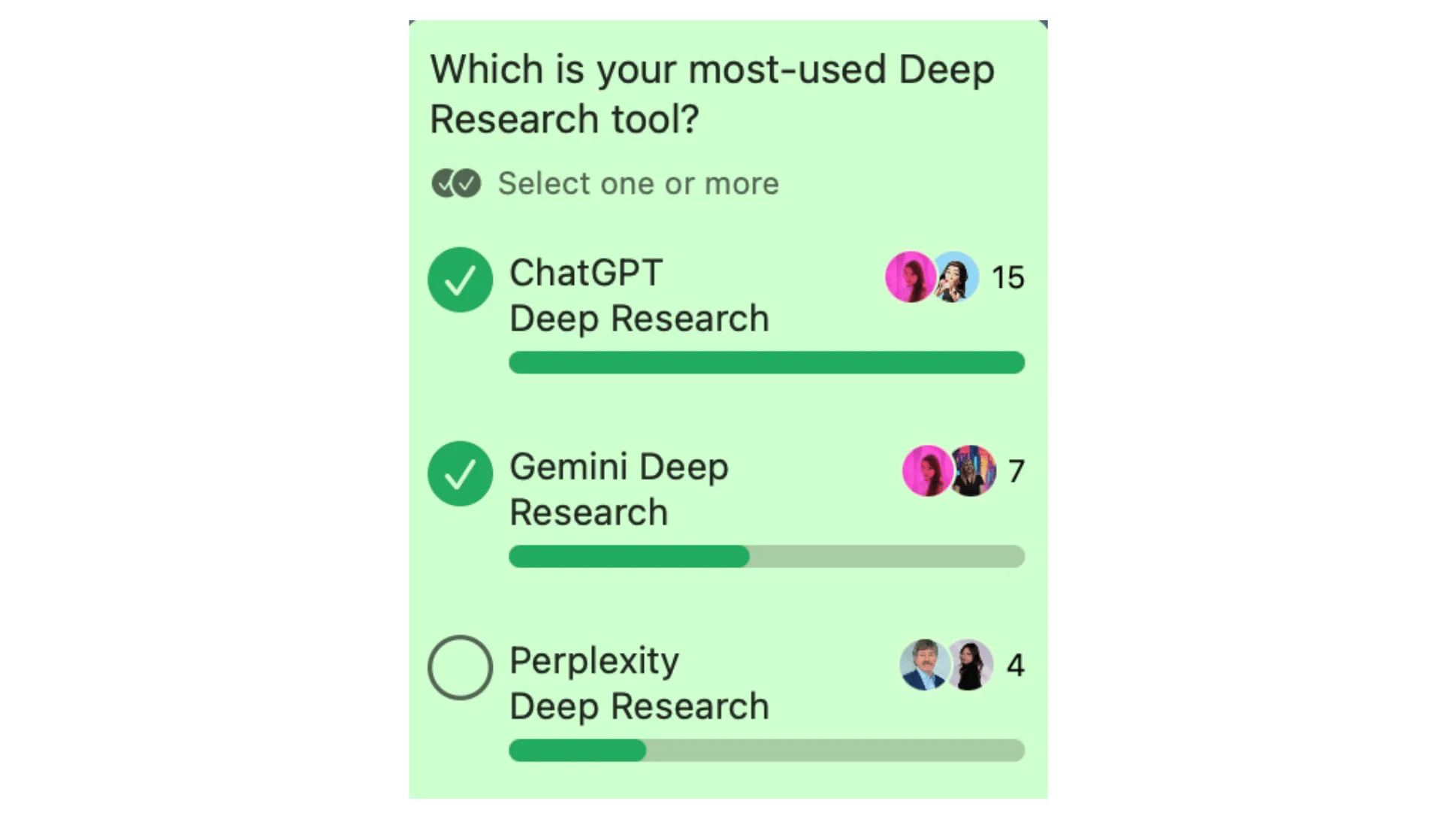When over 100 executives log in to a webinar called “Resistance, Roll-outs, and AI” (replay here), you know the urgency to move from talking about AI to making it a success is real.
I invited Phil Kirschner, a former global McKinsey leader and the author of The Workline, to examine the state of AI adoption and how to get stalled momentum moving again.
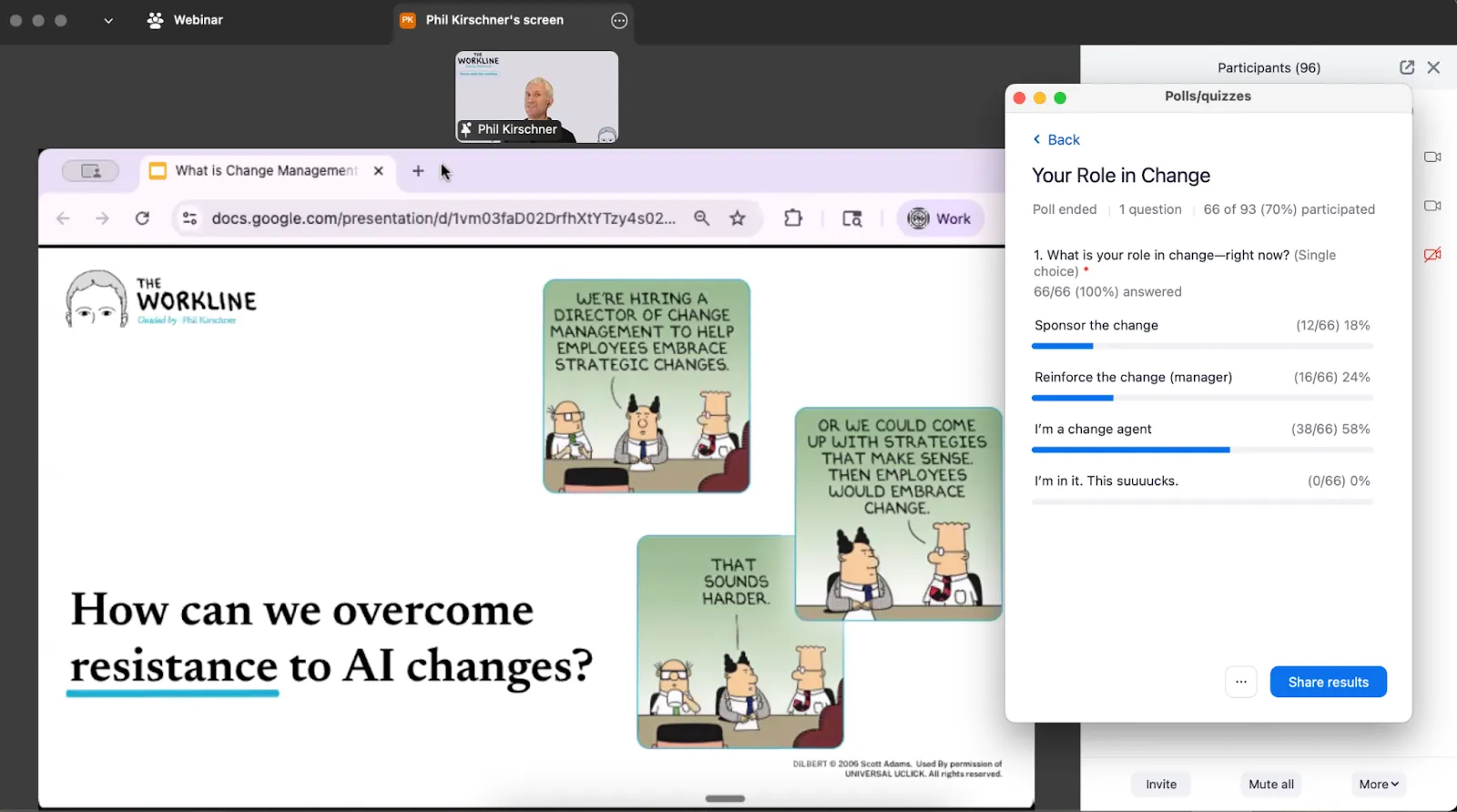
Over 60 lively minutes and dozens of audience questions, Phil shared the playbook for successfully introducing and implementing generative AI in companies regardless of size, industry, or geography.
Here’s a distilled set of takeaways I’m now sharing with clients, as well as in this newsletter.
1. The Launch Isn’t the Finish Line
Usually, Phil is the one with the “line” puns, but I couldn’t resist this one.
What the “finish line” looks like is a critical consideration that many overlook.
Phil opened Tuesday’s event with the statistic that should keep any transformation leader up at night: seventy percent of large change programs fail to achieve their intended goals.
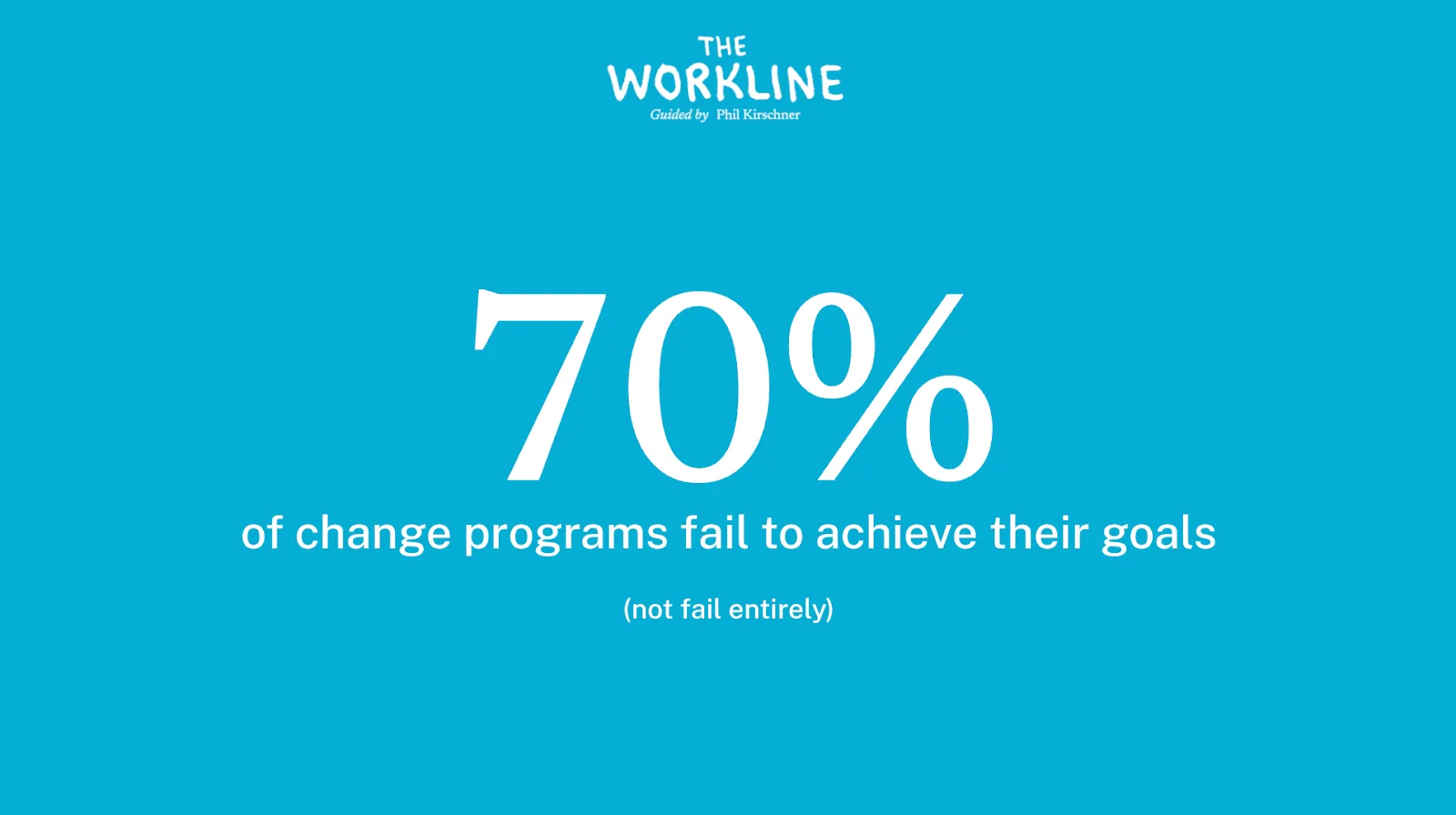
But there’s a story behind this number, he explained.
Most organizations count “turned on the software” as success.
The real question is whether behavior shifted; that’s the line that needs to be crossed.
For example, if marketing is still spending most of their time writing newsletters and social posts with ChatGPT or Gemini sitting idle, those license fees are wasted, and the team is working in the past.
Phil’s tip: Anchor the roll-out to a business outcome before you start implementation.
2. Resistance Is Specific; Treat It That Way
Phil’s toolkit includes Lamarsh’s ten forms of resistance, but the headline is simple: people balk for different reasons.
Some genuinely don’t believe today’s workflow is broken. Others dislike the future you’re painting for them.
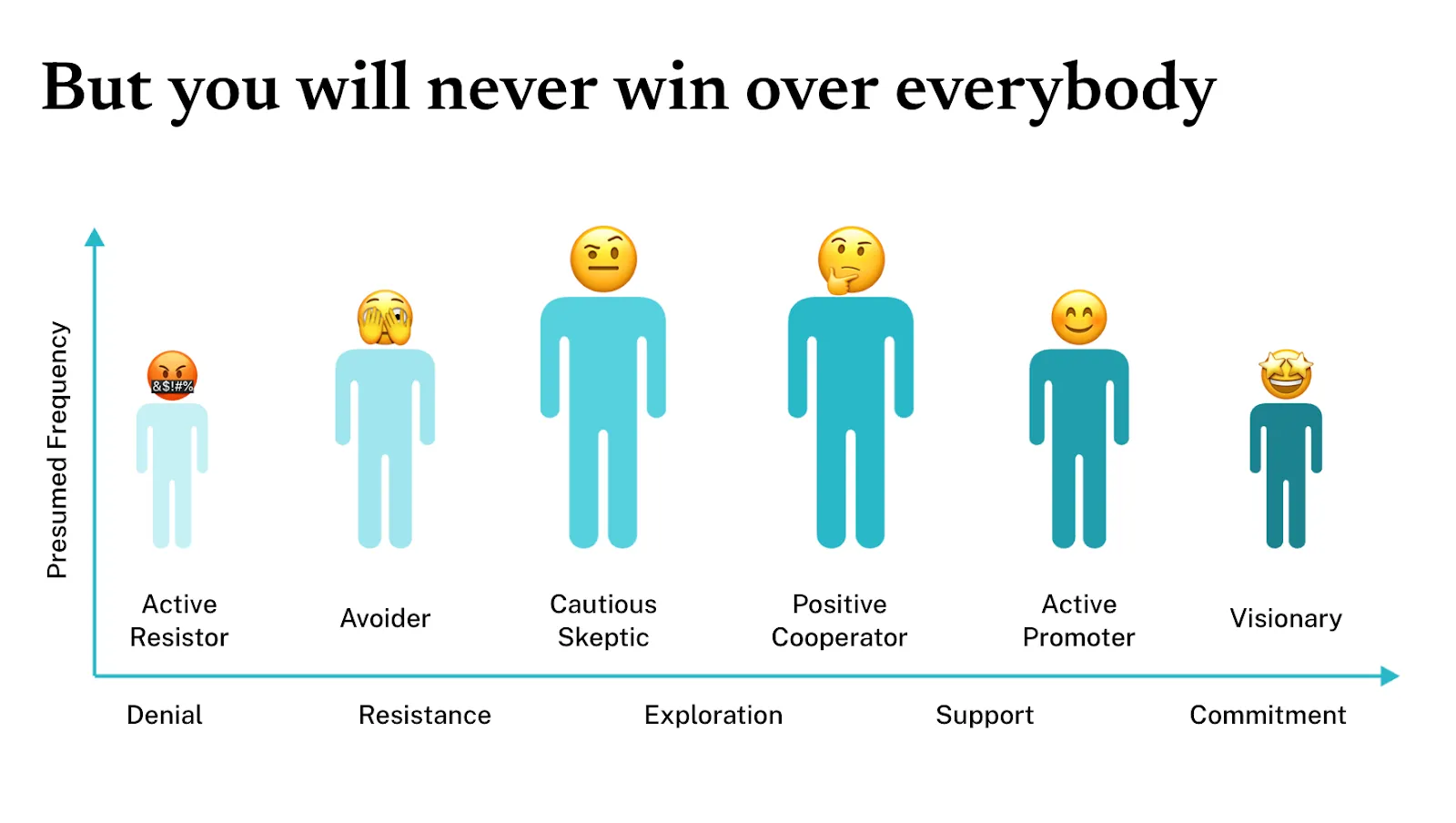
And while “cautious skeptics” can be won over, active resisters will be a pain. And that’s okay.
What rarely works is pretending everyone is excited about what you’re introducing – even if YOU believe the exciting opportunities AI brings.
Your job here is to diagnose the state of play and then focus on the middle portion of people who can be moved.


